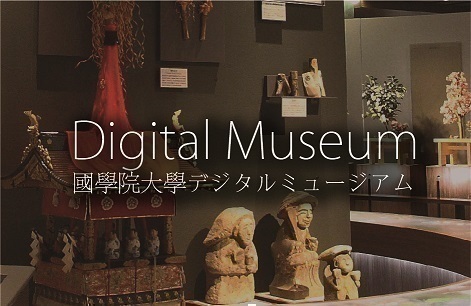- トップ
- Encyclopedia of Shinto
- Tōka shinji
Encyclopedia of Shinto
| Main Menu: | |
| Links: |
詳細表示 (Complete Article)
| カテゴリー1: | 5. Rites and Festivals |
|---|---|
| カテゴリー2: | Individual Shrine Observances |
| Title | Tōka shinji |
| Text | "Dance music rite." A rite held January 4 at Sumiyoshi Shrine in Sumiyoshi Ward, Osaka City, Osaka Prefecture. Also called the "good-fortune mochi rite" (fukumochi shinji). Two people—the "bag holder" (fukuro-mochi) who carries a bag filled with small rice cakes (mochi), and the "plum branch holder" (zubae-yaku) who carries a small plum branch—stand before the altar and repeatedly imitate the movements of a bugaku dance. As they do so, the zubae yaku cries out, "Fukuromochi! (bagged rice cake!)" and the fukuoro-mochi replies, "Ō-tomo yō!" After repeating this three times, the bag holder counts the mochi inside the bag and intones "Manzairaku" three times. Finally, the mochi are distibuted to the onlookers. Fukuromochi seem to be associated with fukumochi ("good-luck mochi"). A rite of the same name is held January 11 at Atsuta Shrine in Atsuta Ward, Nagoya City, Aichi Prefecture. It is said to convey dance songs (tōka) that were popularly performed at the imperial palace during the Heian period. An attendant (beijūyaku) sings saibara (see gagaku) songs, then with a ritual staff (uzue) in hand as a prop (torimono) performs a solo dance. Next, court dancers (kōkoji) hold rattle drums (furizutsumi) high and shake them. The rite is also commonly called the berobero festival, onomatopoetically representing the sound made by these drums. It is said the sound is used to predict whether the year's harvest will be good or bad. — Mogi Sakae |




